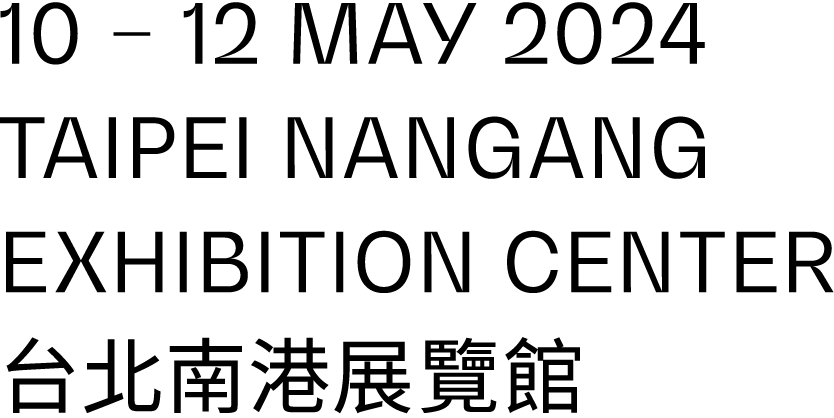Play Video
Buy Tickets Now
Buy Tickets Now
2024 Exhibitor List
Taipei’s most vibrant and diverse contemporary art fair.
2024 Exhibitor List
Taipei’s most vibrant and diverse contemporary art fair.



